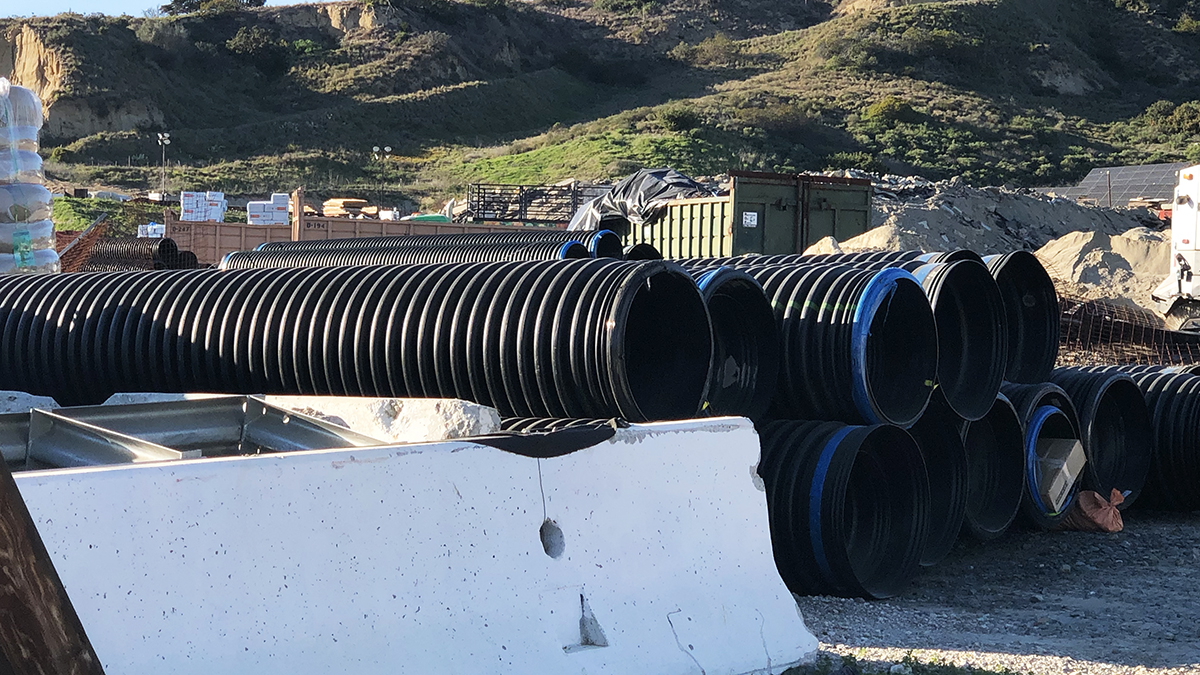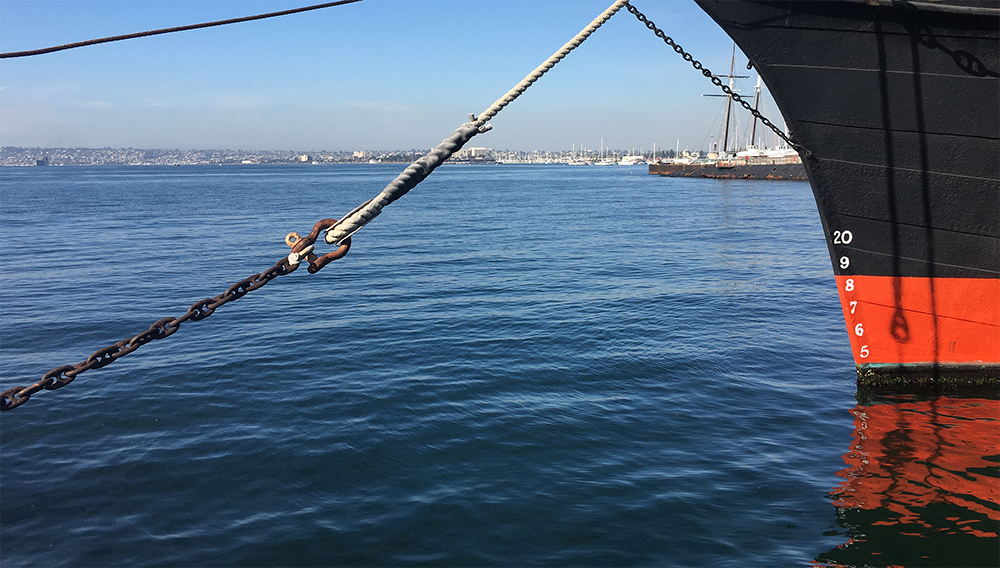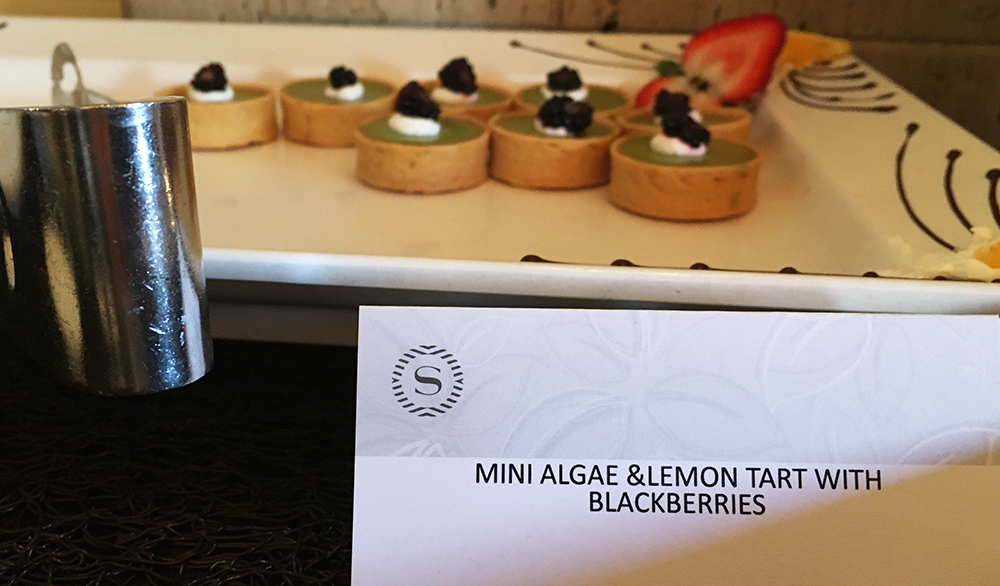To stop global warming we need to drastically reduce greenhouse gas emissions. I have been writing about different ways to do this, from planting trees, restoring wetlands, to capturing carbon. Although I have been writing about the importance of seaweed, I haven’t looked at marine animals before. So here we go…
Imagine you are on a boat off the San Diego coast. The sun is shining, and you are looking over the calm water. Suddenly there is a splash and a huge whale comes out of the water and dives back in. What an incredible experience.
Turns out, besides being amazing animals, whales help to offset global warming. An article from the International Monetary Fund explains how they do this and what monetary value whales have.
Whales store carbon in their bodies and help phytoplankton growth. Wherever whales are, phytoplankton increases. What do these tiny microorganisms have to do with climate change? Let’s find out…

Basically, whales are natural fertilizers. They move from cold, nutrient rich water where they feed to nutrient poor water, such are surface waters, stimulating phytoplankton growth. They also migrate from cold, nutrient rich waters to warm waters for breeding and stimulate phytoplankton in the process.
Phytoplankton not only contribute at least 50 percent of all oxygen to our atmosphere, they do so by capturing about 37 billion metric tons of CO2, an estimated 40 percent of all CO2 produced
https://www.imf.org/external/pubs/ft/fandd/2019/12/natures-solution-to-climate-change-chami.htm
Before whaling there we 4-5 million whales, now there are only 1.3 million left. This is how whales could help tackle climate change:
Even a 1 percent increase in phytoplankton productivity thanks to whale activity would capture hundreds of millions of tons of additional CO2 a year, equivalent to the sudden appearance of 2 billion mature trees
https://www.imf.org/external/pubs/ft/fandd/2019/12/natures-solution-to-climate-change-chami.htm
Beside stimulating phytoplankton growth, whales themselves store massive amounts of carbon dioxide. When whales die, they sink to the bottom of the ocean where this carbon is stored for hundreds of years.
What I like most about the article is that they show the economic benefits of restoring whale populations. They value an average great whale at $2 million. Subsidizing whale’s greenhouse gas sequestration would be worth $13 per person a year.
Whales are helping to restore ocean health and capture massive amounts of greenhouse gases. What’s stopping us from helping whale populations to grow right now?










